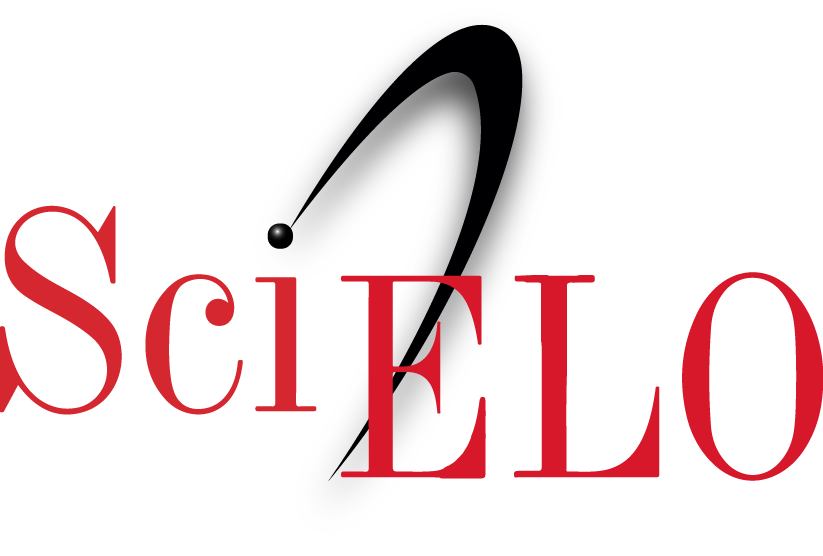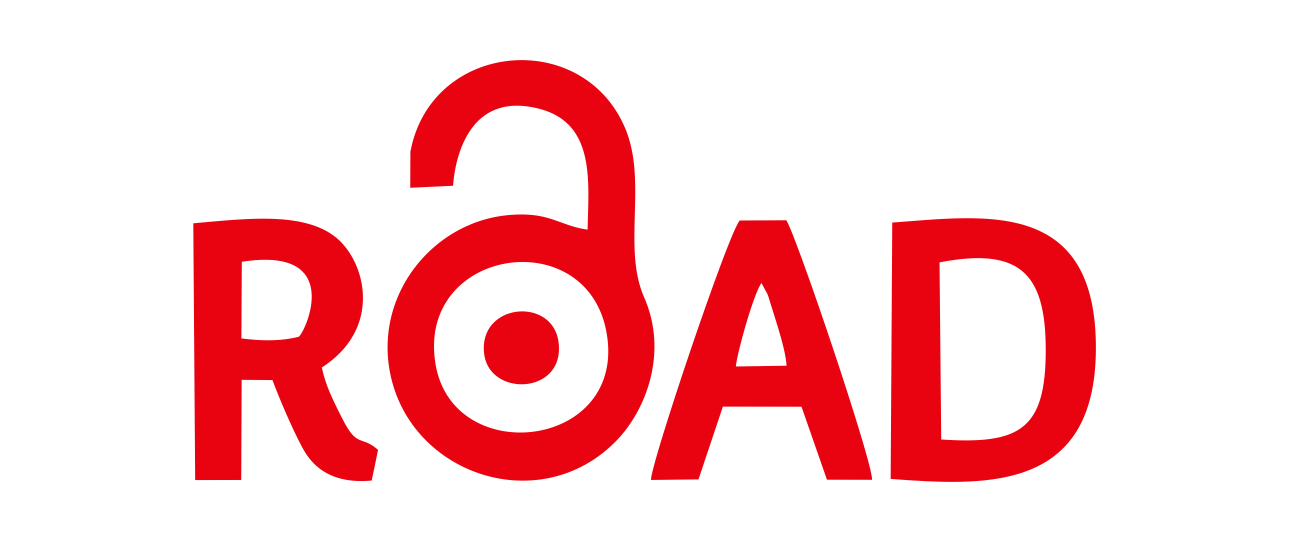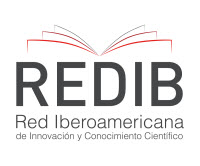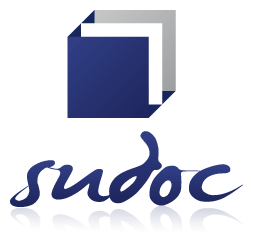Organizational culture, identity and image. A case study conducted in an argentinian public university
Keywords:
Organizational Culture; Organizational Identity; Organizational Image; Case study; Higher Education.Abstract
The study and understanding of organizational culture assumes a central role for university management, as it becomes a strong conditioning factor during decision-making at all levels. By providing members with a socially shared and unconscious frame of reference that guides them in their way of perceiving, interpreting and reacting to the events that take place in the organization, it also strongly influences the individual, group and organizational rationality that underlie the decision process. But in order to avoid excessively simplifying analyzes, the organizational culture needs to be studied in its interaction with the identity and the organizational image. The main purpose of this research is the construction of a diagnosis of the culture, identity and organizational image of a Faculty belonging to an Argentine Public University. For this, a case study methodology is used, based on the triangulation of quantitative sources (by administering questionnaires to 63 teachers and 9 support staff members) and qualitative (through the conduction of 2 focus groups with teachers and 1 with support staff members).References
Albert, S., y Whetten, D. A. (1985). Organizational identity. Research in Organizational Behavior, 7(1), 263-295.
Albert, S., Ashforth, B. E., y Dutton, J. E. (2000). Organizational identity and identification: Charting new waters and building new bridges. Academy of Management Review, 25(1), 13-17.
Deal, T. E., y Kennedy A. A. (1982). Corporate Cultures: The Rites and Rituals of Corporate Life. Reading, Mass: Addison-Wesley.
Dutton, J. E., y Dukerich, J. M. (1991). Keeping an eye on the mirror: Image and identity in organizational adaptation. Academy of Management Journal, 34(3), 517-554.
Eisenhardt, K. M. (1989). Building theories from case study research. Academy of Management Review, 14(4), 532-550.
Gioia, D. A., y Thomas, J. B. (1996). Identity, image, and issue interpretation: Sensemaking during strategic change in academia. Administrative Science Quarterly, 41(3), 370-403.
Gioia, D. A. (1998). From individual to organizational identity. En: Whetten, D. A., y Godfrey, P. C. (Eds.). Identity in organizations: Building theory through conversations (1998). Sage Publications.
Gioia, D. A., Schultz, M., y Corley, K. G. (2000). Organizational identity, image, and adaptive instability. Academy of Management Review, 25(1), 63-81.
Giorgi, S., Lockwood, C., y Glynn, M. A. (2015). The many faces of culture: Making sense of 30 years of research on culture in organization studies. The Academy of Management Annals, 9(1), 1-54.
Harris, S. G. (1994). Organizational culture and individual sensemaking: A schema-based perspective. Organization Science, 5(3), 309-321.
Hatch, M. J., y Schultz, M. (1997). Relations between organizational culture, identity and image. European Journal of Marketing, 31(5/6), 356-365.
Hatch, M. J., y Schultz, M. (2002). The dynamics of organizational identity. Human Relations, 55(8), 989-1018.
Markus, H. (1977). Self-schemata and Processing Information about the Self. Journal of Personality and Social Psychology, 35(1), 63-78.
Patton, M. (2002). Qualitative Research & Evaluation Methods. London: Sage Publications.
Pujol-Cols, L. J. y Foutel, M. (en prensa). Cultura, identidad e imagen organizacional: desarrollo de una metodología para su estudio en la Universidad. Revista Iberoamericana de Educación Superior.
Ribes Pons, Á. (1997). La cultura de la empresa: cómo actuar en ella y desde ella. Deusto Business Review, 79, 10-49.
Sackmann, S. A. (1992). Culture and subcultures: An analysis of organizational knowledge. Administrative Science Quarterly, 140-161.
Schein, E. H. (1984). Coming to a new awareness of organizational culture. Sloan Management Review, 25(2), 3.
Schein, E. H. (1985). Defining organizational culture. Classics of Organization Theory, 3, 490-502.
Schein, E. H. (1996). Culture: The missing concept in organization studies. Administrative Science Quarterly, 229-240.
Tierney, W. G. (1988). Organizational culture in higher education: Defining the essentials. The Journal of Higher Education, 59(1), 2-21.
Weick, K. E. (1993). The collapse of sensemaking in organizations: The Mann Gulch disaster. Administrative Science Quarterly, 628-652.
Yin, R. (2003). Case Study Research: Design and Methods. London: Sage Publications.
Published
How to Cite
Issue
Section
License
Copyright (c) 2018 Lucas Joan Pujol Cols, Mariana Foutel, Romina Barbisán
The works published in this magazine are under the Creative Commons Attribution-NonCommercial 2.5 Argentina license.
Important: The author is the owner of the rights to exploit the contents of the article of his authorship.
You are free to:
Share — copy and redistribute the material in any medium or format.
Adapt — remix, transform and build from the material.
The licensor cannot revoke these liberties as long as you follow the terms of the license.
Under the following terms:
Attribution - You must give appropriate credit, provide a link to the license, and indicate if any changes have been made. You may do so in any reasonable way, but not in a way that suggests that you or your use is endorsed by the licensor.
Non-Commercial - You may not use the material for commercial purposes.
There are no additional restrictions - You cannot apply legal terms or technological measures that legally restrict others to make any use permitted by the license.




















